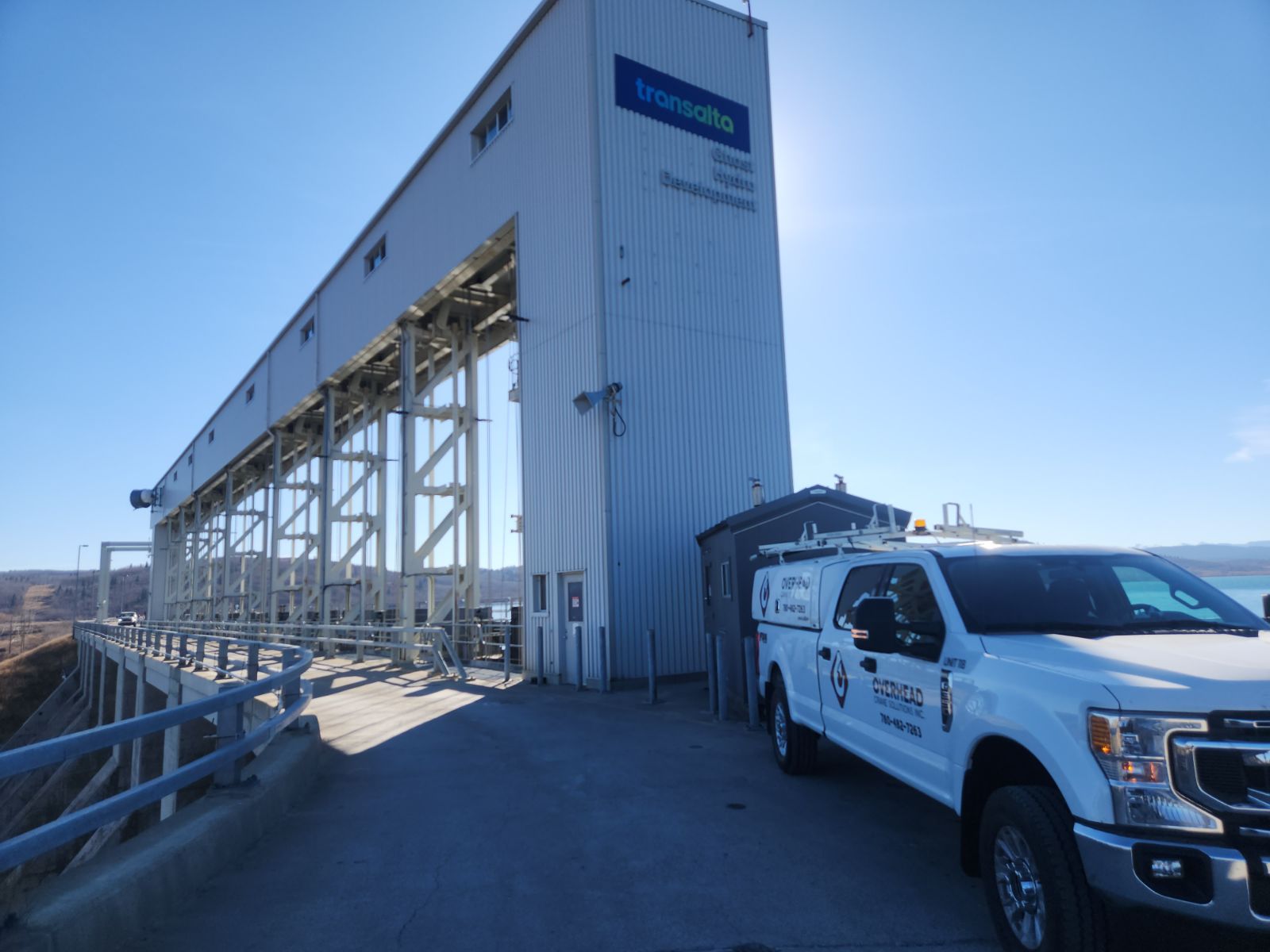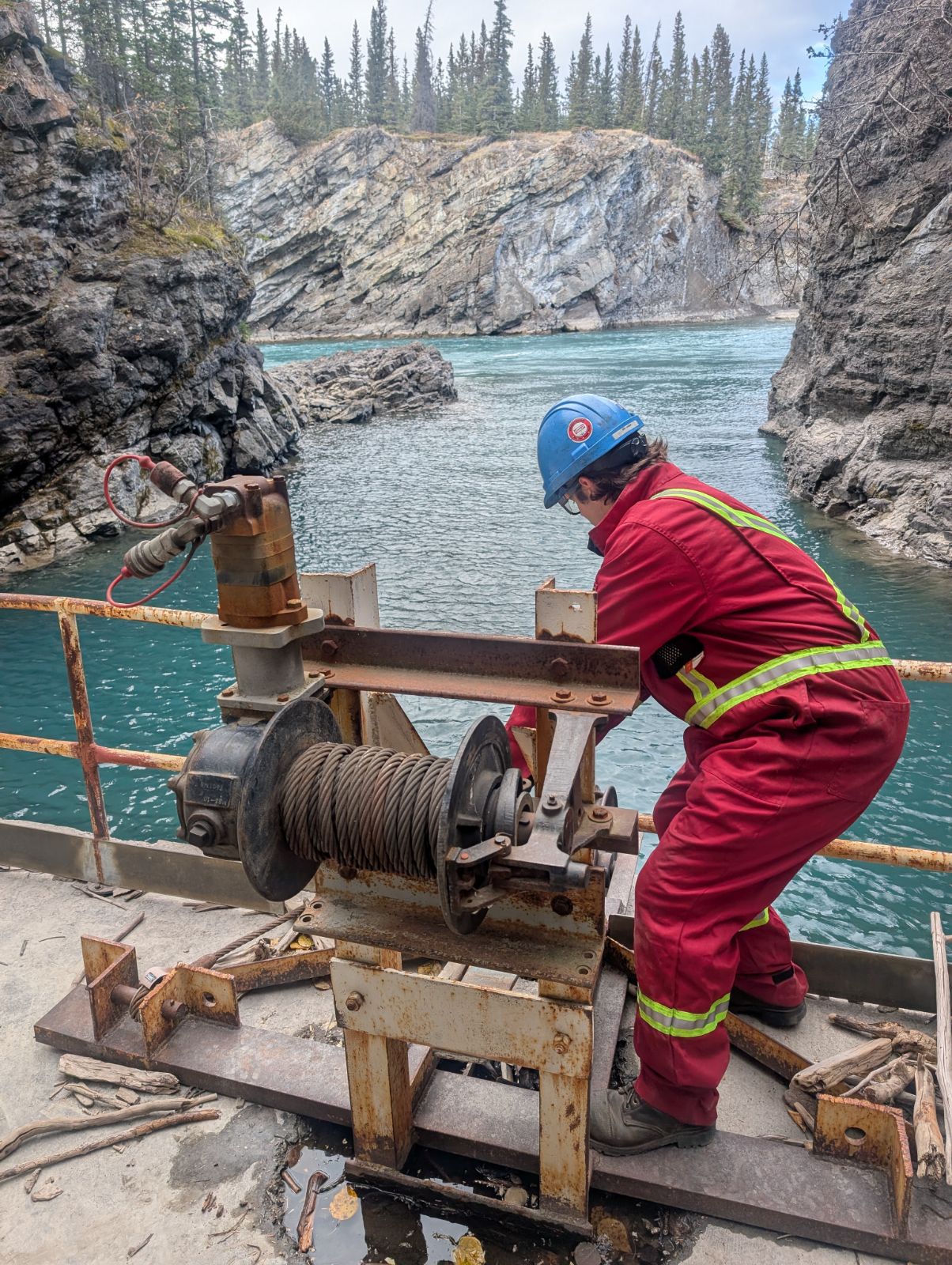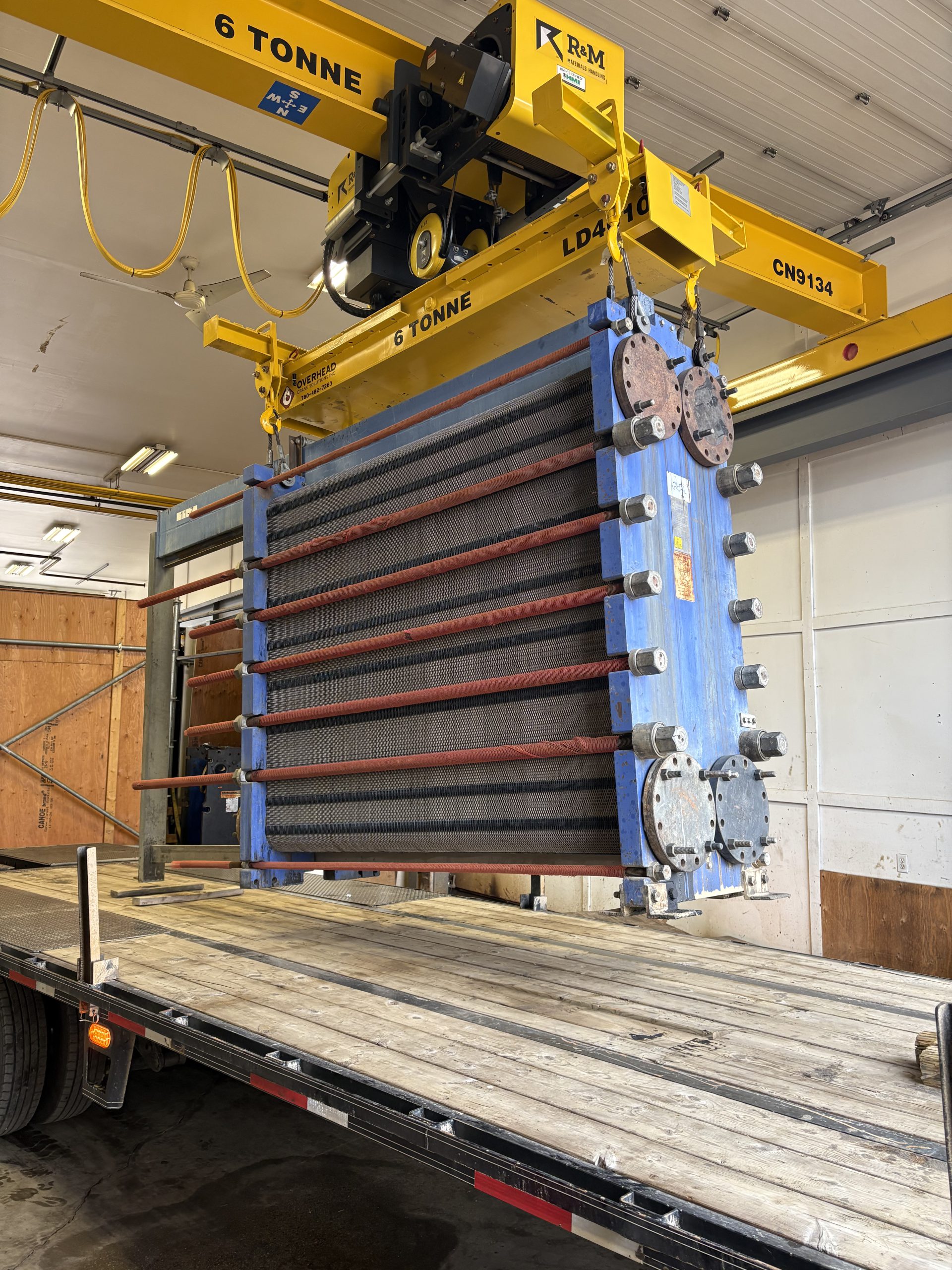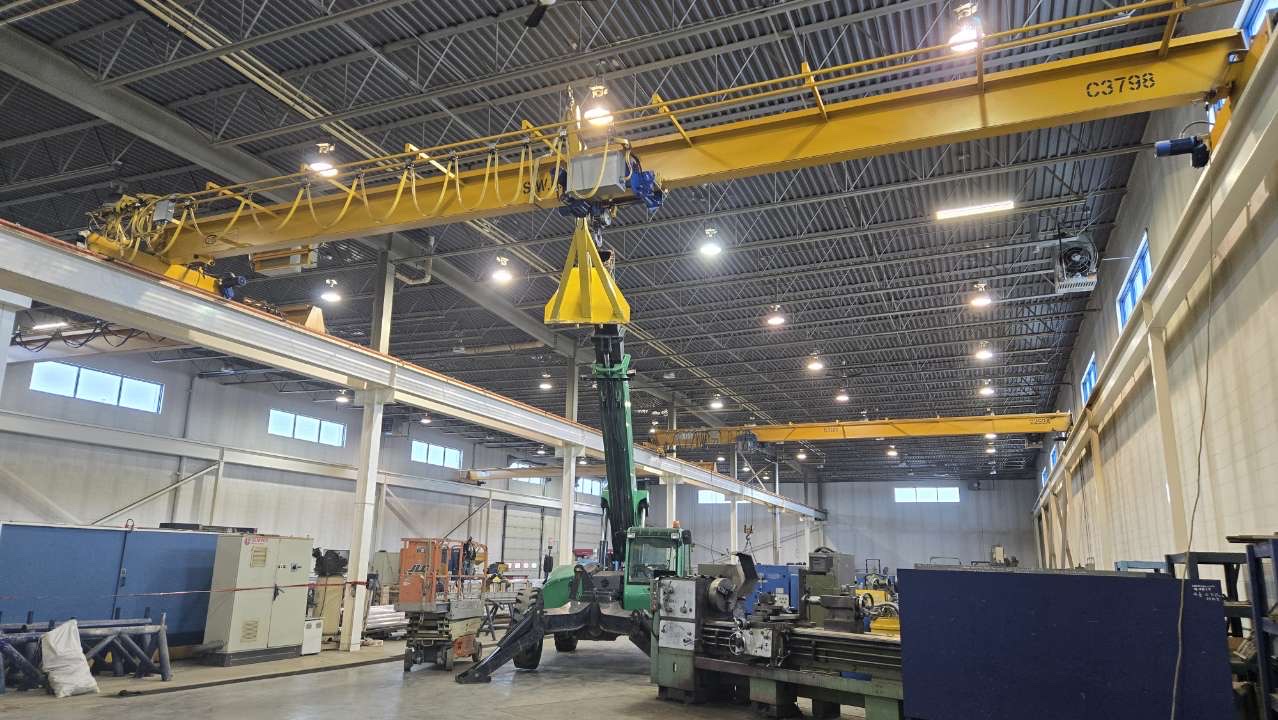In the overhead crane industry, it’s often the smallest parts that can cause the biggest problems. Take this load chain sprocket, for example—a component pulled from a manual chain hoist while doing annual inspections. At first glance, it might look like just another piece of hardware. But a closer look reveals a critical failure: deep cracks running through the core of the sprocket teeth and hub.
This isn’t just a cosmetic issue—this is a red flag for imminent failure.
🔍 What Went Wrong?
The sprocket, also known as a load sheave, is designed to guide the load chain through the hoist smoothly. When it begins to crack, it can lead to:
-
Chain misalignment
-
Jerky or uneven lifting
-
Complete mechanical failure
-
And worst of all—a dropped load
Cracking like this is typically the result of:
-
Overloading the hoist
-
Lack of regular maintenance or lubrication
-
Extended service life without replacement
-
Poor inspection practices
⚠️ The Real Risk
Had this sprocket not been identified and removed, it could have resulted in a serious incident on site. In the worst-case scenario, the chain could have jumped or jammed, causing a dropped load—a life-threatening hazard in any industrial environment.
This is a clear example of why routine inspections and maintenance are non-negotiable.
🧰 The OCS Approach to Safety
At Overhead Crane Solutions Inc., we take safety seriously. Our inspection protocols are designed to catch defects before they cause damage. Here’s how we stay ahead:
-
Detailed visual and functional inspections
-
Scheduled preventative maintenance programs
-
Load testing to verify hoist integrity
-
Fast turnaround on part replacement and repairs
-
In-house certified technicians for all makes and models
✅ Key Takeaways
-
Don’t wait for a failure—schedule inspections based on usage hours, not just time.
-
Always investigate unusual sounds, resistance in the lift, or chain skipping.
-
Replace critical wear components at the first sign of distress.
-
Train your staff to recognize early warning signs and report them.
📸 The Power of a Picture
The photo above is more than just a broken part—it’s a visual reminder of what can go wrong when maintenance is delayed. Catching it now means no downtime, no injuries, and no equipment damage.
Got concerns about the state of your lifting equipment? Contact our team to schedule a full inspection—we’ll keep your operation running safe, efficient, and compliant.
📞 Overhead Crane Solutions Inc.
📍 Nisku, Alberta
🌐 www.overheadcranesolutions.com
📧 info@overheadcranesolutions.com
📱 780-482-7263








